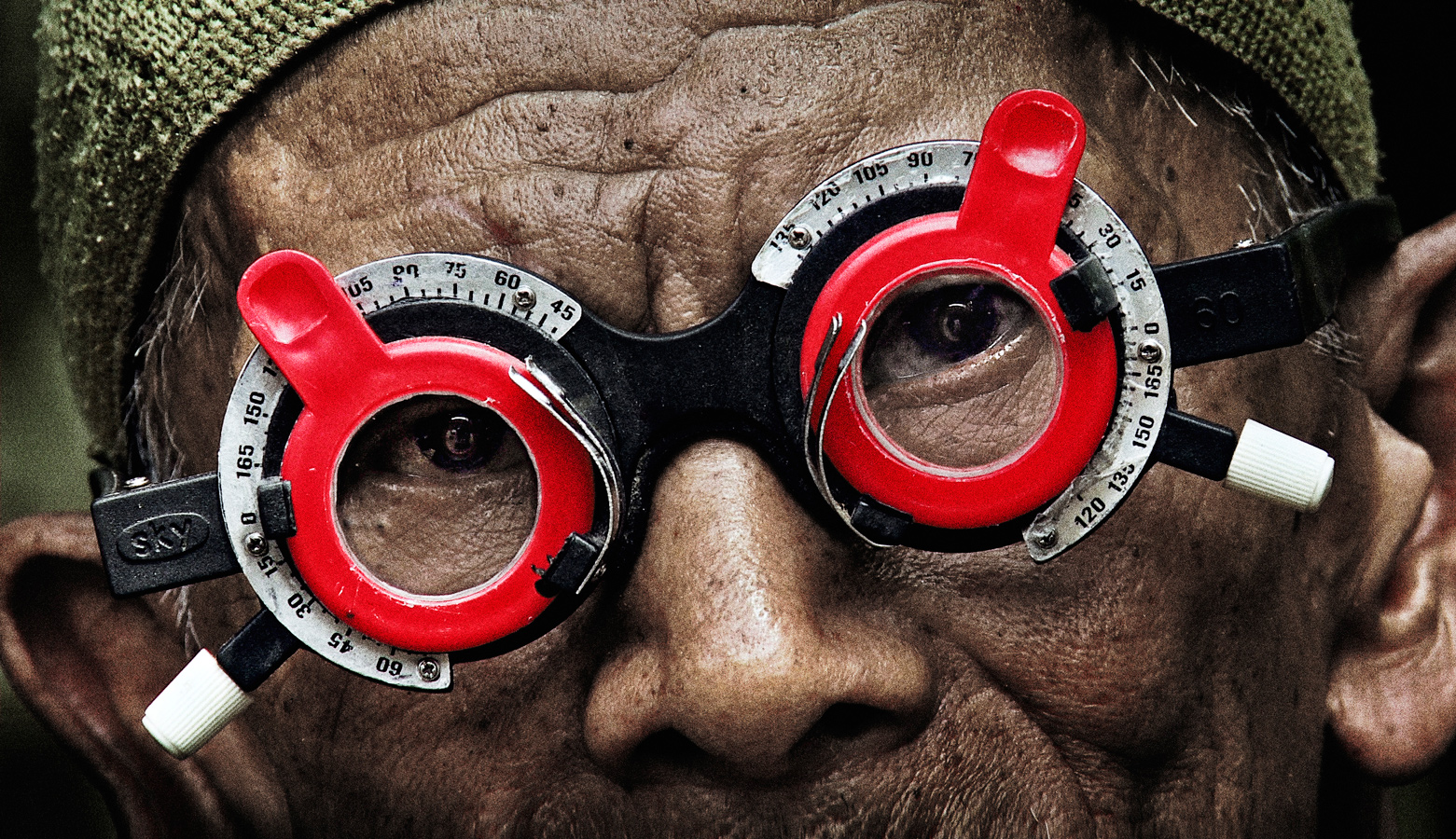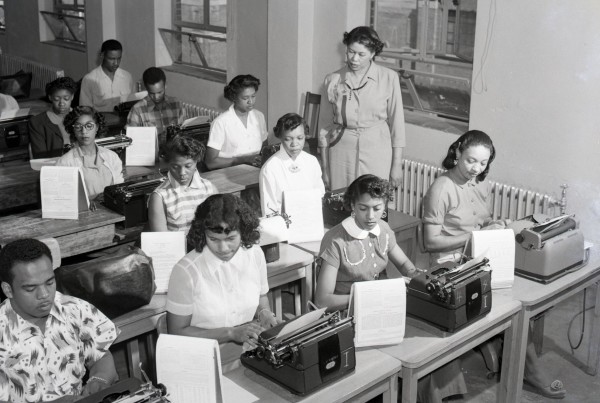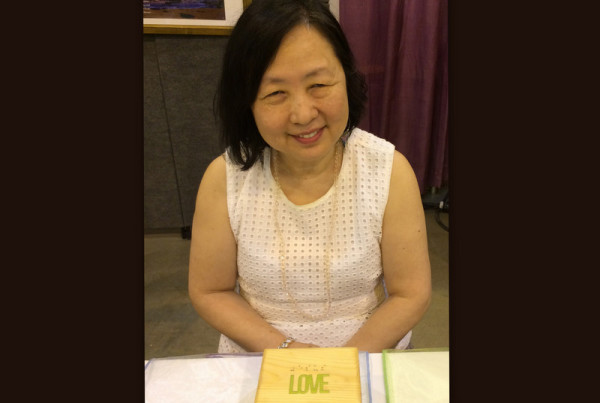The 2013 film “The Act of Killing” broke the mold for documentary storytelling. It told the events of Indonesia’s 1965 genocide – some estimate more than half a million people were purged following a coup – from the perspective of the killers. The film even had the killers reenacting what they’d done.
Now, “The Look of Silence” tells the same story from another angle: that of those still living under the rule of the men who murdered their loved ones.
Both films are subtitled and the music may sound foreign to American ears and the imagery is colorful and tropical. But the films are also very Texan. For one, the director, Joshua Oppenheimer is a Texan.
“In every biography of me, at every film festival, it doesn’t say ‘born in the USA’ or ‘American,’ it says ‘Texan’ or ‘Texas born’ or ‘born in Texas.’ It’s a mark of pride for me. It’s a little bit exotic, even for me, because I left here when I was so young,” Oppenheimer says.
Oppenheimer only spent the first few years of his life in Texas. It wasn’t something that Alamo Drafthouse boss Tim League even knew about when he was trying to get a distribution deal for the films.
“I didn’t realize that Josh was born in Austin until South by Southwest with ‘The Act of Killing’ and it blew my mind,” League says.
So did the film itself. That’s why League was so intent on being part both films.
“I saw the film first at the Toronto Film Festival and I couldn’t sleep that night,” League says. “I just kept on thinking about it so we wrote a pretty impassioned letter to Josh about how we really wanted to work on this film. And we ended up releasing it and we ran the Academy Award campaign for that film as well.”
“The Act of Killing” won critical acclaim — but not an Oscar. And not everyone was a fan — mainly because it was uncomfortable to see the genocide from the killer’s point of view. Its companion film may be easier to watch.
“‘The Look of Silence’ is an equally painful film in some ways but it’s an easier watch because we are identifying with a family of survivors whom, certainly I as a filmmaker, have a kind of unconditional love for. It’s not frightening for me to love them,” Oppenheimer says.
The two films also have starkly different tones.
“‘The Act of Killing’ is a bizarre viewing experience,” League says. “It’s intense, it’s emotional, it’s sometimes really violent — murderers are recreating scenes of murder. And there’s really none of that in ‘The Look of Silence’ — this is more like a poem. This has a really beautiful story arch. It’s very subdued and quiet but still very emotional.”
The impact is very real though. Oppenheimer is not welcome back in Indonesia. The protagonist of “The Look of Silence” – Adi – has had to take protective measures. And dozens of the names in the film’s credits appear as “Anonymous” – because the government leaders behind the 1965 genocide – are still in power.
“It’s a rare privilege to make a work that makes a difference and these two films have had an impact in Indonesia that exceeds my most audacious hopes,” Oppenheimer says. “‘The Act of Killing’ I think helped trigger a fundamental transformation in how Indonesia talks about its past. The media talks about the genocide as a genocide now. Into the space of ‘The Act of Killing’ comes this second film which shows how torn the social fabric in Indonesia is and how urgently needed truth and reconciliation.”
“The Look of Silence” is showing in theatres across the country now. It’s already garnered awards and critical raves. Oppenheimer and League hope this film will bring home Oscar Gold.
















